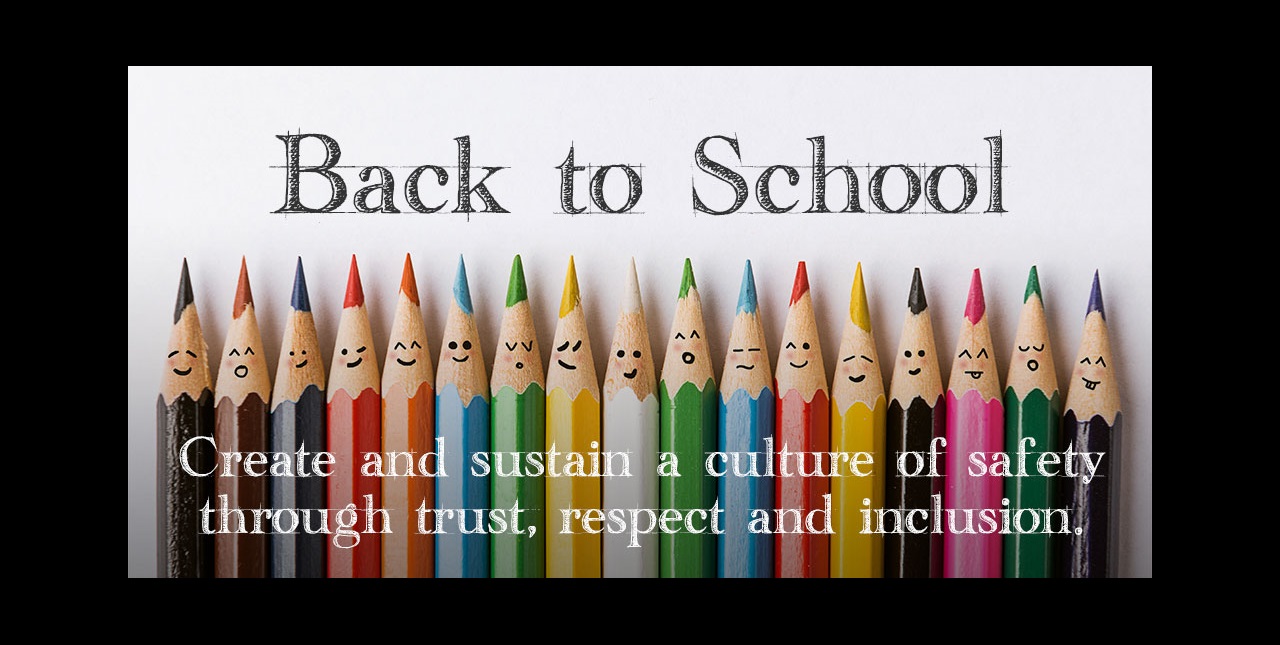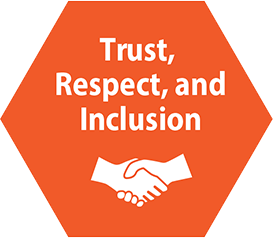
Across the U.S., there is great variation in life expectancy and other health outcomes based on numerous social determinants. It is impossible to envision a healthcare organization driving toward zero harm that is not also consciously focused on addressing these disparities. So how do leaders ensure their organizations are providing respectful, inclusive and culturally sensitive care?

The reality of healthcare today is that quality and safety cannot be achieved without equity. A crucial step healthcare leaders can take toward achieving equity is to establish organizational behaviors that foster trust, respect and inclusion.
Welcome back, class. In this six-part blog series, we are examining some of the high-level strategies and practical tactics that are critical for creating safer healthcare environments. During our first lesson, we explored how leaders can establish a compelling vision for safety. Next on the syllabus, we will examine how to create environments that are both physically and psychologically safe.
Building trust, respect and inclusion is one of the six leadership domains outlined in Leading a Culture of Safety: A Blueprint for Success. ACHE and IHI’s Lucian Leape Institute developed this resource by collaborating with leaders of progressive healthcare organizations and globally renowned experts in leadership, safety and culture.
Using the Blueprint as a framework, let’s look at a few tactics to help build trust, show respect and promote inclusion.
Trust, Respect and Inclusion
Demonstrating these three principles throughout the organization and with patients, families and the workforce is essential to a leader’s ability to create and sustain a culture of safety.
In order to achieve zero harm, leaders must ensure their actions are consistent across all levels of the organization. Trust, respect, and inclusion are non-negotiable standards that must encompass the Board room, the C-suite, clinical departments and the entire workforce.
- To build trust: Encourage and promote open discussions of safety issues via leadership rounds and reporting systems, and ensure follow-up and feedback.
- To show respect: Commit to implementing and holding all leaders and the work force accountable for processes and policies related to respect for people, just culture, and managing disruptive behavior.
- To promote inclusion: Provide education and training on diversity and inclusion at every level of the organization, and include care disparity metrics on regularly reviewed patient safety dashboards.
These are just a few tactics leaders can implement at their organizations. For more, download Leading a Culture of Safety: A Blueprint for Success.
Assessing Execution
Implementing the strategies above will provide a solid foundation for trust, respect and inclusion. That said, it’s crucial for leaders to ensure that they are sustaining a trajectory of progress. Some questions leaders should revisit include whether clinicians and workforce members are receiving training related to communicating disclosure and apologies with patients, and whether the Board and leadership team regularly create and evaluate improvement plans for addressing disparities in patient care.






















